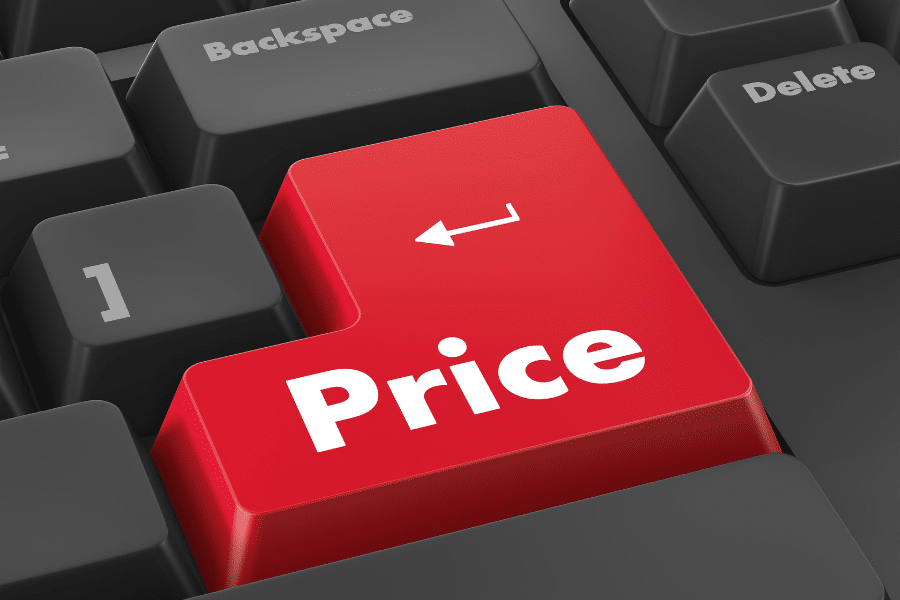Traders hurt every time the token price takes a hit just before a transaction will be better off learning what slippage tolerance is and how you can use it to stay one step ahead of the market. So while the market’s volatility might not be a fun experience, there are some bright spots and opportunities.
What is slippage tolerance? Read on to find out. Before you embark on your next cryptocurrency transaction, you need to fully understand this feature to make the most out of every token you transact or crypto asset you liquidate. Here are a few things to consider:
What Is Slippage Tolerance in Crypto – Introduction
Slippage Tolerance is the difference between the expected and actual price of a cryptocurrency at the transaction time. This inefficiency is typical in the cryptocurrency market due to many reasons, but the positive thing is that it signifies a mature and growing market.
You should have this error in mind as you buy and sell cryptos from the market because as the market moves fast, it could impact your portfolio’s bottom line. When your order enters the market and is executed, the price could make the difference between profit and loss.
How to Use Max Slippage – Step by Step
You might have also encountered slippage tolerance while trading other instruments such as stocks and forex. The phenomenal is nothing new in the world of trading. To adapt to this side-effect of a fast-paced market, trading usually offers features to allow traders to limit their exposure to this risk.
Almost all platforms allow traders to set a percentage of your order transaction value that limits your exposure by setting an acceptable cost you will be willing to incur. This percentage is what is slippage tolerance. That means your order will not be completed if it exceeds this percentage.
To set a slippage tolerance, follow these steps:
Step 1: Open your wallet and navigate to the trading/exchange settings;
Step 2: From the setting menu, look for an advanced option and click on it;
Step 3: Search for a slippage tolerance option;
Step 4: Decide whether you want to stick with the pre-set percentage or manually enter your own figure.
While the process depends on your preferred wallet and exchange, the process is generally the same. You just need to navigate to the trade setting, locate the slippage tolerance settings, change to the amount that appeals to your trading strategy, and apply the changes.
Slippage Tolerance on UniSwap
For UniSwap, the process of setting a slippage tolerance is made easy once you know what a slippage tolerance is. From your UniSwap interface, go to the exchange page and then move to the settings page. However, UniSwap includes another Price Impact Setting feature that works more or less the same.
With price impact, UniSwap allows you to see exactly how much influence the tolerance will have on your bottom line. That is, you can get an idea of how much you will end up spending or losing if your tolerance limits are tested. With this information, you can make a better decision on slippage tolerance.
One more thing you can see from the UniSwap interface is the Minimum Received Indicator, which shows you the number of tokens that will be sent to your address once your slippage tolerance has been tested. This worst-case scenario outlook is another crucial ingredient to minimizing loss.
What Else You Should Know about Slippage Tolerance
Keep in mind that as the cryptocurrency market continues in volatility, you are not guaranteed to altogether avoid slippage tolerance – the only thing you can do successfully is to manage it. Besides setting an acceptable slippage tolerance, there are other ways to limit your exposure.
Setting a stop-loss order is another way to limit slippage tolerance. You can minimize this by placing an order to exit the market if the expected price moves against you, which could lead to slippage tolerance. However, stop-loss orders are not entirely resistant to lose.
Another thing you can do is trade cryptocurrency with a fast-speed broker to limit the amount of time it takes for your order to get executed, which exposes you to slippage tolerance. The less time your broker takes to complete a transaction, the less amount of time for the price to make any significant change.
Related articles: How to Stake Matic | What Does It Mean to Mint an NFT
What Is Slippage Tolerance – Conclusion
Slippage tolerance is an everyday phenomenon in all trading environments; cryptocurrency trading is no exception. As a result, traders should be aware of this risk and take action on risk mitigation settings available on exchange platforms to limit this risk, but it all starts by learning what slippage tolerance is.
